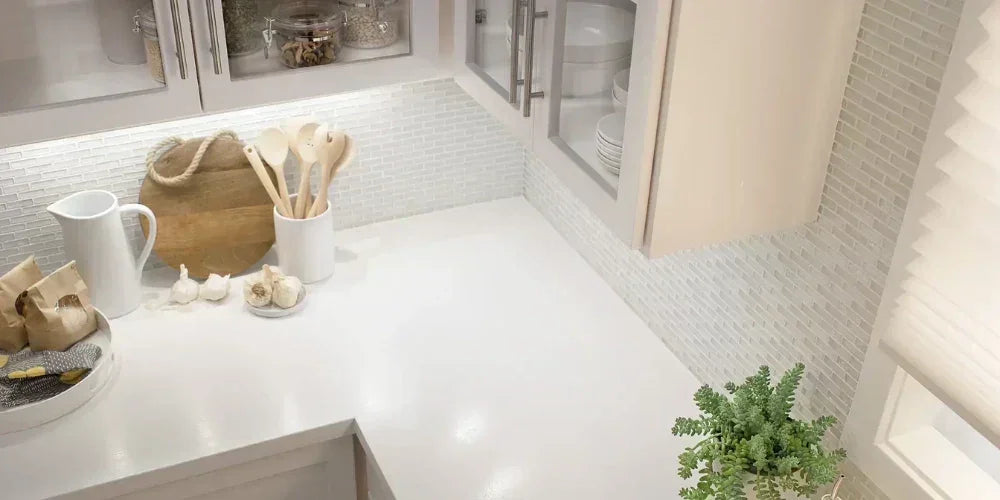Under cabinet lighting is a game-changer for any kitchen, workshop, or office. It eliminates shadows cast by overhead fixtures, providing focused task lighting right where you need it most. It also doubles as beautiful accent lighting, highlighting your countertops and backsplash. But with so many options, where do you start? This guide breaks down everything you need to know.
Types of Under Cabinet Lights
First, let's look at the different forms your lighting can take. Each type offers a unique look and light distribution.
- Linear Fixtures (Light Bars): These are long, rigid fixtures that provide a smooth, even wash of light across the entire length of your counter. They are perfect for creating continuous, uninterrupted illumination and are ideal for most standard kitchen layouts. Many can be linked together to cover longer spans with a single power source.
-
Puck Lights: As the name suggests, these are small, round lights that resemble hockey pucks. They create focused pools of light, which can be used for dramatic effect or to highlight specific items. Puck lights are excellent for display shelving or inside glass-front cabinets. Be mindful of spacing to avoid creating dark spots.

- Tape Lights (Strip Lights): This is a flexible, adhesive-backed strip lined with tiny LEDs. Strip lighting is incredibly versatile, allowing you to follow corners and curves with ease. It can be cut to a precise length for a truly custom, low-profile installation that provides a seamless glow.
Best Bulbs for Under Cabinet Lighting: LED vs. Fluorescent & Halogen
The type of "bulb" you choose affects everything from your energy bill to the ambiance of your kitchen. Here’s a quick comparison of the most common options for under cabinet lighting.
| Light Source | Pros | Cons |
| LED |
|
|
| Fluorescent |
|
|
| Halogen / Xenon |
|
|

For most applications, LED is the clear winner due to its superior efficiency, safety, and longevity.
Under Cabinet Lighting Installation: Hardwired, Plug-In, or Battery-Operated?
Finally, how will you get power to your new lights? Your choice here depends on your budget, DIY comfort level, and desired aesthetic.
- Hardwired: This method connects the lights directly to your home's electrical circuit, typically controlled by a wall switch. It offers the cleanest, most professional look with no visible wires. However, this is not a DIY project for most people and requires hiring a licensed electrician for a safe and code-compliant installation.
- Plug-In: A great DIY-friendly solution, plug-in fixtures have a standard power cord that you simply plug into a nearby electrical outlet. It's a fast, simple, and affordable way to get great lighting. The only downside is managing the cord, which may need to be tacked up or hidden to avoid a cluttered look.
- Battery-Operated: For ultimate simplicity, battery-powered lights are the way to go. Most use adhesive strips, so you can just peel and stick them in place. This is a perfect solution for renters, inside closets, or in areas far from an outlet. The trade-off is convenience, as you'll need to replace or recharge the batteries regularly.
Shop Hardwired Under Cabinet Lighting ►
Choosing the right under cabinet lighting might seem complex, but it boils down to matching your needs with the right combination of features. By considering the type of fixture that fits your layout, selecting an energy-efficient light source like LED, and picking an installation method that matches your budget and skill level, you can find the perfect solution.
No matter which options you choose, adding under cabinet lighting is one of the most impactful upgrades you can make. It will not only improve the functionality of your workspace but also add a layer of warmth and professional polish that will completely transform the feel of your room.





